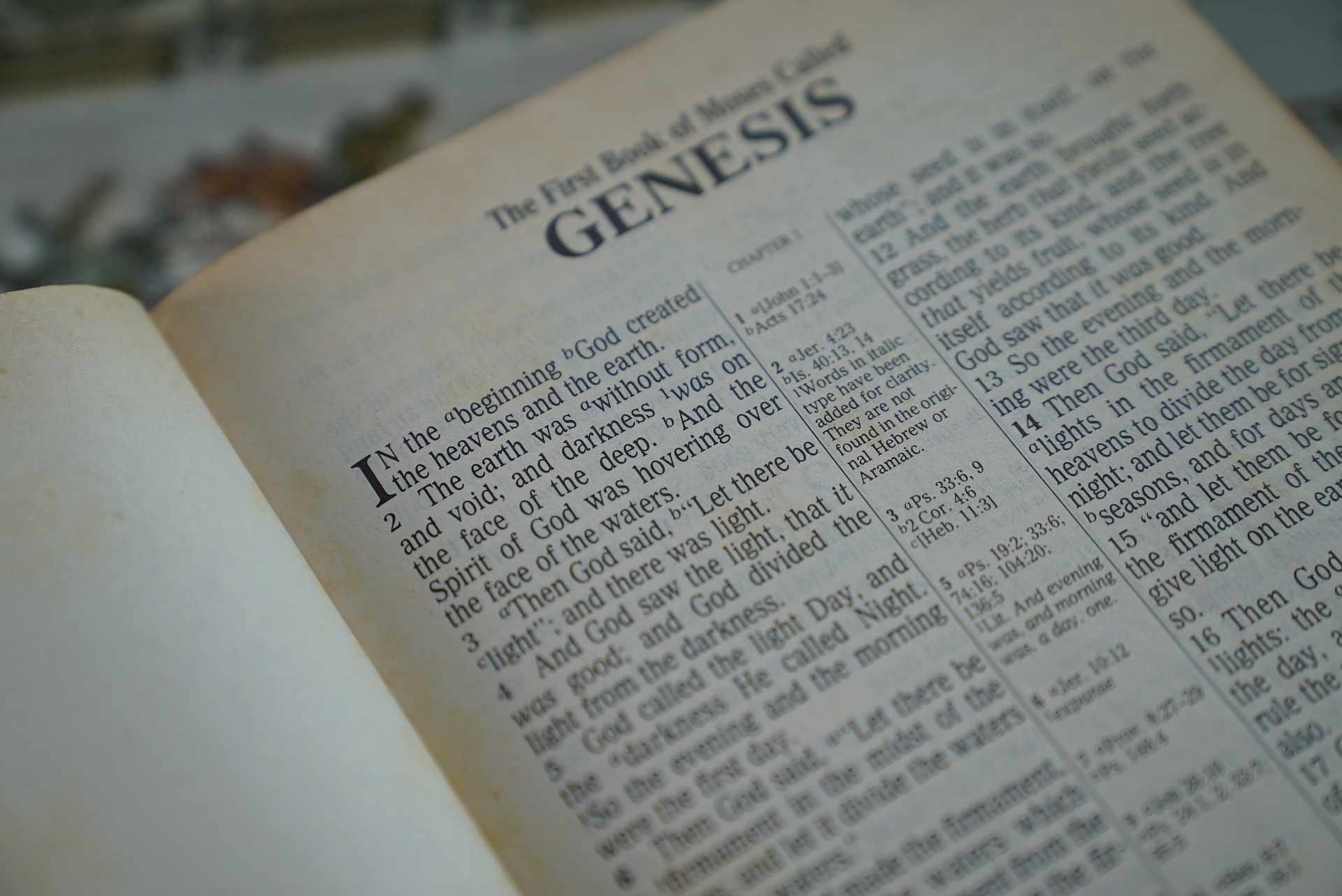Yesterday I started wondering why the four rivers captured my attention. I realized that it was because the rivers are purposely mentioned by name, the very first names for specific items mentioned in the Bible. But, curously, the main river that the 4 spring from to become 4 heads, is not named.
All of this makes me feel like there’s more to this story than just “Okay, there was once one river and it split into four pieces. The end.”
So we start with one river. Let’s not buck tradition, and we’ll call it “the river of life.” The river of life splits into 4 distinctly named rivers. The rivers are named before man is named. I don’t know why this is, but I don’t think it’s accidental. I’ve learned that while the Bible is a lot of things, accidental isn’t one of them.
What follows are notes from a few sites I discovered yesterday while researching the importance and meaning of the rivers. I still haven’t found the specific information I was searching for, but perhaps I’ll have to table this question for now.
As you probably recall, we are told that “a river went out of Eden to water the garden; and from thence it was parted, and became four heads” [Genesis 2:10]. Tradition would have it that the original river is the “River of Life,” which is channelled by its four divisions into the whole of manifestation. These, named Pishon, Gichon, Chedekel and Frat, have a number of specialised functions in Jewish magical traditions, and, in the age old tradition of the “Doctrine of Signatures,” are aligned with a set of unique correspondences. The 13th century Rabbi Isaac of Acco lists some of these in his “Me’irat Einayim,” of which I think the following will be of great interest to readers interested in Jewish magic and the doctrines of the Western Mystery Tradition in general.
http://kabbalahselfcreation.blogspot.com/2011/10/and-river-went-out-of-eden-part-1_08.html
The addition of four associated Sefirot are mentioned elsewhere, these are respectively Chesed (Lovingkindness/Mercy) = Pishon, Gevurah (Strength/Severity) = Gichon, Tiferet (Beauty) = Chedekel, and Malchut (Kingdom) = Frat.

Ages ago, I started working on a chart linking Believe, Grace, Love, and Freedom to some of the other 4s in the Bible, although I had not thought to connect them to the 4 riverheads. A thought that came to me reading this is that you could also add in the four suits of the tarot deck (which correspond to the four suits of a regular deck of cards). Using the earth, air, fire, water correspondent in the image above, you get:
Earth: Coins or Diamonds
Air: Swords or Clubs
Fire: Wands or Spades
Water: Cups or Hearts
The names do have meanings as follows:
Pishon: increase
https://christianity.stackexchange.com/questions/26794/what-is-the-significance-of-the-names-of-the-4-rivers-in-the-garden-of-eden
Gihon: bursting forth
Tigris – rapid
Euphrates – fruitfulness.
Researcher Juris Zarins from Missouri State University noted that every civilization has had a creation story, and some of the stories pre-date the story told in Genesis. He wondered why so many cultures tell this story, and wondered if the Garden of Eden may have actually existed. He noted that the Bible story bears remarkable resemblances to the Epic of Gilgamesh. Some of the details are quite similar to the story of Adam and Eve. He felt the Bible stories were plagiarized by the Hebrews who heard these stories from the Sumerians who have an older creation story that is 8000 years old.
In the story of Gilgamesh, the King of Uruk was 2/3 god, and 1/3 man. He was not immortal, and wanted the secret of immortality. In the story, man was built from clay (dust of the earth?), and women were made from men. Given the Sumerians were a river culture, clay was an extremely useful material. The people lived forever, and there was no sickness. This place was called Dilmun, rather than Eden.
It was destroyed by a great flood, but Utnapishtim (rather than Noah) was saved from the flood. Gilgamesh sought Utnapishtim seeking immortality and eternal life. Gilgamesh was told that the secret of immortality was to eat from the plant of life. He finds the plan under water when a serpent (Satan?) takes it and rejuvenates itself. Immortality was just beyond human’s grasp.
Atheist Finds Garden of Eden
By the way, the entire post of the link above is well worth reading. And it got me thinking about man being made from clay, which will be another post that I’ll have to write and share later.
